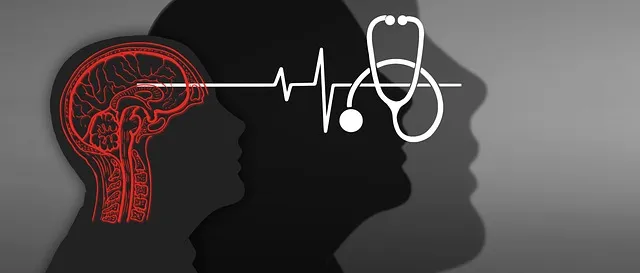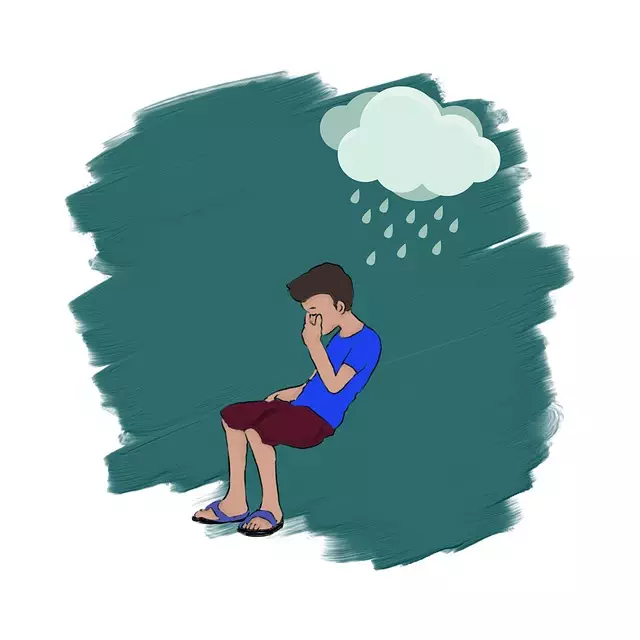Community outreach programs, like Inner Strength Development initiatives, are crucial for improving mental health access within diverse communities, especially underserved populations. By engaging individuals where they are—through local events, schools, or community centers—outreach efforts bridge the gap to essential services like those offered by Kaiser Longmont. These programs foster a sense of belonging, increase mental health awareness, and empower people to take charge of their well-being. They provide workshops, peer mentorship, and accessible resources, ultimately creating supportive environments.
Kaiser Longmont's Community Outreach Program serves as a powerful example of expanding access to mental health services, particularly for individuals facing barriers to care. Through tailored sessions integrating self-awareness exercises and inner strength development, they successfully reach diverse communities. Implementing effective outreach strategies involves understanding target audiences, personalizing messaging, collaborating with local organizations, and using digital platforms.
Measuring success through KPIs like reach, satisfaction, and emotional well-being improvements is key to refining strategies and enhancing accessibility of mental health services within the community, fostering self-care routine development and boosted confidence. Learn how to access these services through Kaiser Longmont's outreach programs.
Community outreach programs play a pivotal role in improving access to mental health services, bridging gaps between healthcare providers and underserved populations. This article explores the significance of these initiatives, using Kaiser Longmont’s innovative approach as a case study. We delve into effective strategies for implementation, highlighting best practices to enhance engagement. Additionally, we discuss metrics for measuring success, emphasizing the impact on mental health service accessibility through organizations like Kaiser Longmont. Learn how to get mental health services tailored to community needs.
- Understanding Community Outreach: Why It Matters for Mental Health Access
- Kaiser Longmont's Role in Expanding Services: A Case Study
- Implementing Effective Outreach Strategies: Tips and Best Practices
- Measuring Success: Evaluating the Impact of Community Outreach Programs for Mental Health Services
Understanding Community Outreach: Why It Matters for Mental Health Access

Community outreach programs play a pivotal role in enhancing mental health access within diverse communities. By reaching out to individuals where they are—whether it’s through local events, schools, or community centers—outreach initiatives bridge the gap between those in need and essential services like how to get mental health services through Kaiser Longmont. This strategy is particularly crucial for underserved populations who might face barriers such as stigma, lack of awareness, or limited transportation options.
One such program focusing on Inner Strength Development can significantly contribute to improving mental well-being. By implementing these programs, communities foster a sense of belonging and encourage individuals to seek support for their anxiety relief. Through educational workshops, peer mentorship, and accessible resources, community outreach not only increases awareness about mental health but also empowers people to take charge of their own well-being, creating a more supportive and resilient environment.
Kaiser Longmont's Role in Expanding Services: A Case Study

Kaiser Longmont serves as a compelling example of how community outreach programs can expand access to mental health services. By integrating initiatives focused on self-awareness exercises and inner strength development, Kaiser Longmont has successfully reached individuals who might otherwise face barriers to care. This innovative approach highlights the importance of tailoring services to meet the unique needs of diverse communities.
Through their comprehensive Community Outreach Program Implementation, Kaiser Longmont has not only increased awareness about mental health but also fostered a sense of belonging and empowerment. By offering these programs, they’ve demonstrated how organizations can play a pivotal role in bridging the gap between individuals seeking support and the resources they need. This case study underscores the effectiveness of community-centric strategies in promoting mental well-being.
Implementing Effective Outreach Strategies: Tips and Best Practices

Implementing effective outreach strategies is key to connecting with your community and ensuring that essential services, like mental health care through Kaiser Longmont, reach those who need them. Start by understanding your target audience—identifying demographics, cultural considerations, and specific needs related to mental health. Personalized messaging that resonates with diverse populations can help bridge gaps and encourage engagement.
For example, organizing Stress Management Workshops or Anxiety Relief sessions tailored to various age groups, cultures, or professions can foster inclusive participation. Collaborating with local organizations, faith communities, schools, and businesses through partnerships and community events expands reach while aligning services with existing support systems. Additionally, integrating digital platforms for remote access, like online therapy sessions or virtual workshops, broadens accessibility, especially for those in rural areas or with limited mobility. Always prioritize confidentiality, ethical practices, and a user-friendly approach to build trust and encourage individuals to seek the mental health services they deserve.
Measuring Success: Evaluating the Impact of Community Outreach Programs for Mental Health Services

Measuring success is an integral part of evaluating the impact and effectiveness of community outreach programs aimed at providing mental health services. When implementing initiatives like those offered by Kaiser Longmont, it’s crucial to establish clear metrics to assess both short-term and long-term outcomes. This involves tracking key performance indicators (KPIs) such as the number of individuals reached, their satisfaction levels, and changes in emotional well-being promotion techniques adopted within the community.
By gauging these metrics, organizations can identify which aspects of their outreach programs are most successful at promoting self-care routine development for better mental health and confidence boosting. This data is invaluable for refining strategies, ensuring resources are allocated effectively, and ultimately improving the overall impact on the community’s mental health services accessibility.
Community outreach programs play a pivotal role in enhancing mental health access, as evidenced by Kaiser Longmont’s successful case study. By implementing effective strategies, such as tailored educational sessions and collaborative partnerships, organizations like Kaiser Longmont can reach underserved populations. Measuring the impact of these initiatives is crucial to understanding their effectiveness in improving how to get mental health services. Through continuous evaluation and adaptation, community outreach can become a powerful tool to ensure everyone has access to vital mental health support.






